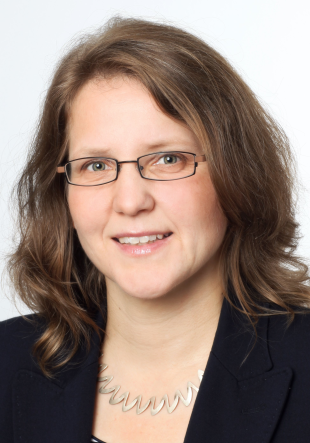QUPOPCORN: Quantum Particles on Programmable Complex Reconfigurable Networks
Overview
One of the most prestigious grants for international top-level research is the “ERC Consolidator grant”, with which the European Research Council awards excellent young scientists who already pioneered their field with visionary projects.
In 2016 the physicist Christine Silberhorn was awarded by the ERC for her project “QuPoPCoRN-Quantum Particles on Programmable Complex Reconfigurable Networks”, which started in July 2017. Since then Prof. Silberhorn and co-workers investigate the complex interactions and dynamics of multiple quantum particles within large networks, an extremely challenging task.
But doing so reveals the underlying structure of an enormously diverse range of phenomena. Therefore, a reliable platform to investigate complex quantum network dynamics, which incorporates the rich interplay between noise, coherence and nonclassical correlations, will be an extremely powerful tool. The scientists develop time-multiplexed optical networks, in combination with tailored multi-photon states as a new platform for large-scale quantum networks. This approach allows them to emulate multi-particle dynamics on complex structures, specifically the role of bosonic interference, correlations and entanglement. To achieve the required large networks sizes, novel decoherence mitigation strategies must be developed: programmable noise, topologically protected quantum states and perpetual entanglement distillation. The objectives in QuPoPCoRN target the overall goal to understand the role of multi-particle quantum physics in complex, large-scale structures harnessing time-multiplexed photonic networks.
This project has received funding from the European Research Council (ERC) under the European Union’s Horizon 2020 research and innovation programme (grant agreement No. 725366).
Research contact: Prof. Dr. Christine Silberhorn
ERC Consolidator Grant, EU Horizon 2020
Understanding the complex interactions and dynamics of multiple quantum particles within large networks is a challenging task, but doing so reveals the underlying structure of a diverse range of phenomena. Therefore, a reliable platform to investigate complex quantum network dynamics, which incorporates the rich interplay between noise, coherence and nonclassical correlations, will be an extremely powerful tool.
Classical optical networks have been widely used to simulate a broad range of propagation phenomena across many disparate areas of physics, chemistry and biology. At the quantum level, the quantized nature of light – the existence of photons – gives rise to interference effects that are completely counter-intuitive. Yet, to date, quantum network experiments remain very limited in terms of the number of photons, reconfigurability and, most importantly, network size.
Here, we propose time-multiplexed optical networks, in combination with tailored multi-photon states as a new platform for large-scale quantum networks. Our approach allows us to emulate multi-particle dynamics on complex structures, specifically the role of bosonic interference, correlations and entanglement.
To achieve large networks sizes, we will develop novel decoherence mitigation strategies: programmable noise, topologically protected quantum states and perpetual entanglement distillation. This approach will blend ideas from solid state physics, random media and quantum information and communication in order to pursue the following three objectives:
- Demonstrate noise-assisted entanglement distribution
- Demonstrate nonclassical states on topological structures
- Demonstrate perpetual distillation of entanglement within a network
These objectives target the overall goal to understand the role of multi-particle quantum physics in complex, large-scale structures harnessing time-multiplexed photonic networks.
Key Facts
- Grant Number:
- Project type:
- Sonstiger Zweck
- Project duration:
- 07/2017 - 06/2023
- Funded by:
- Europäische Union (EU)

